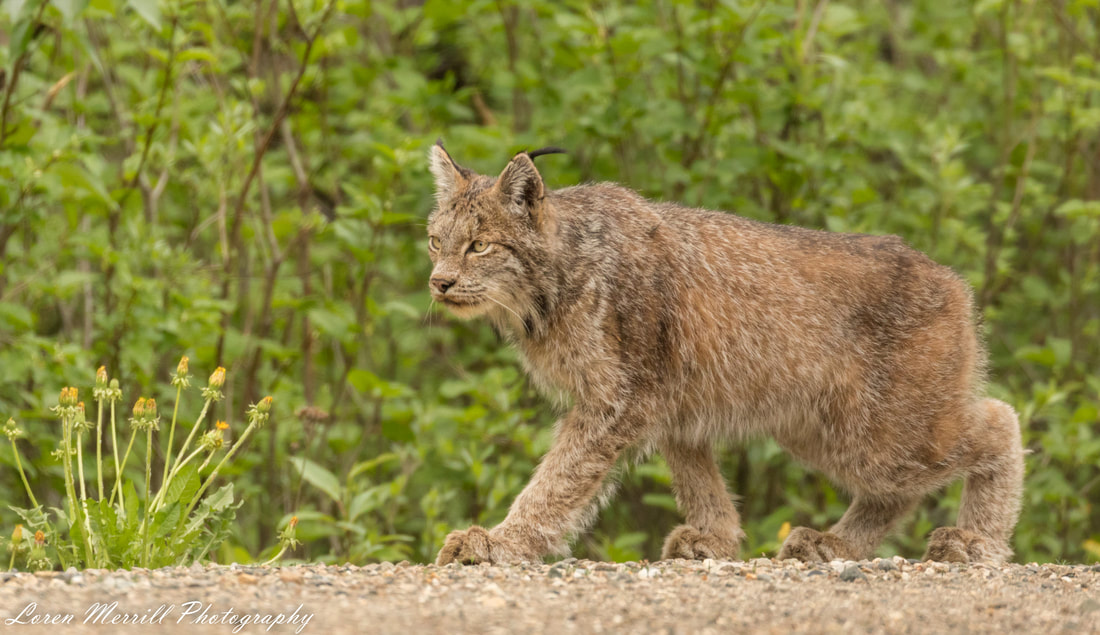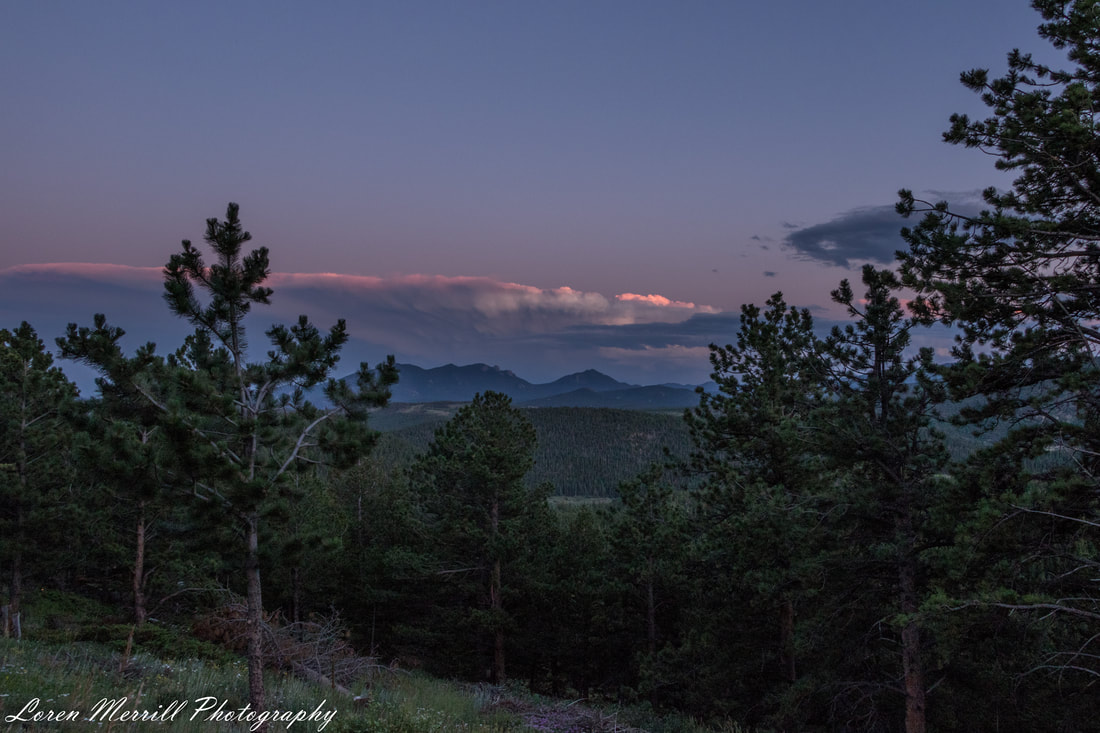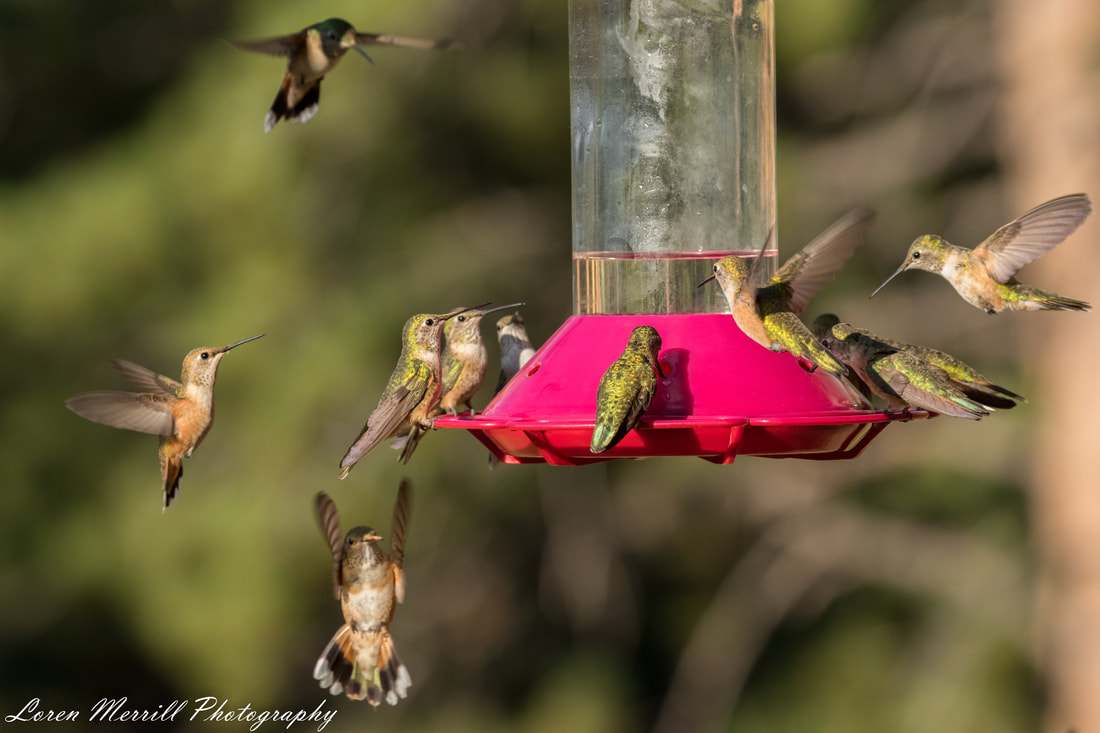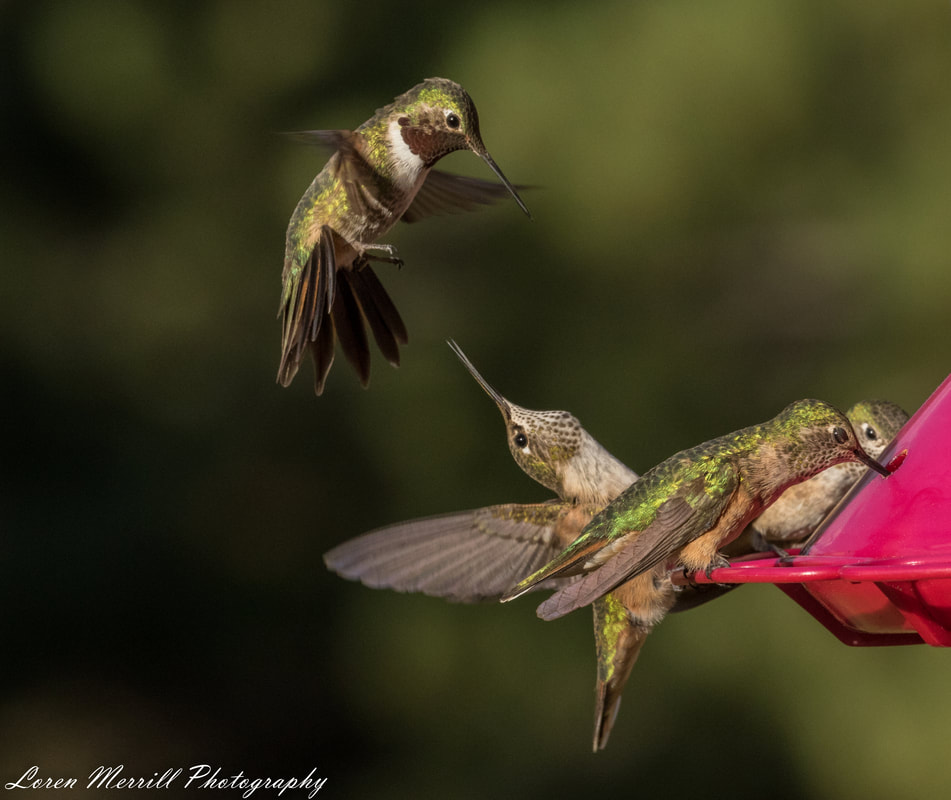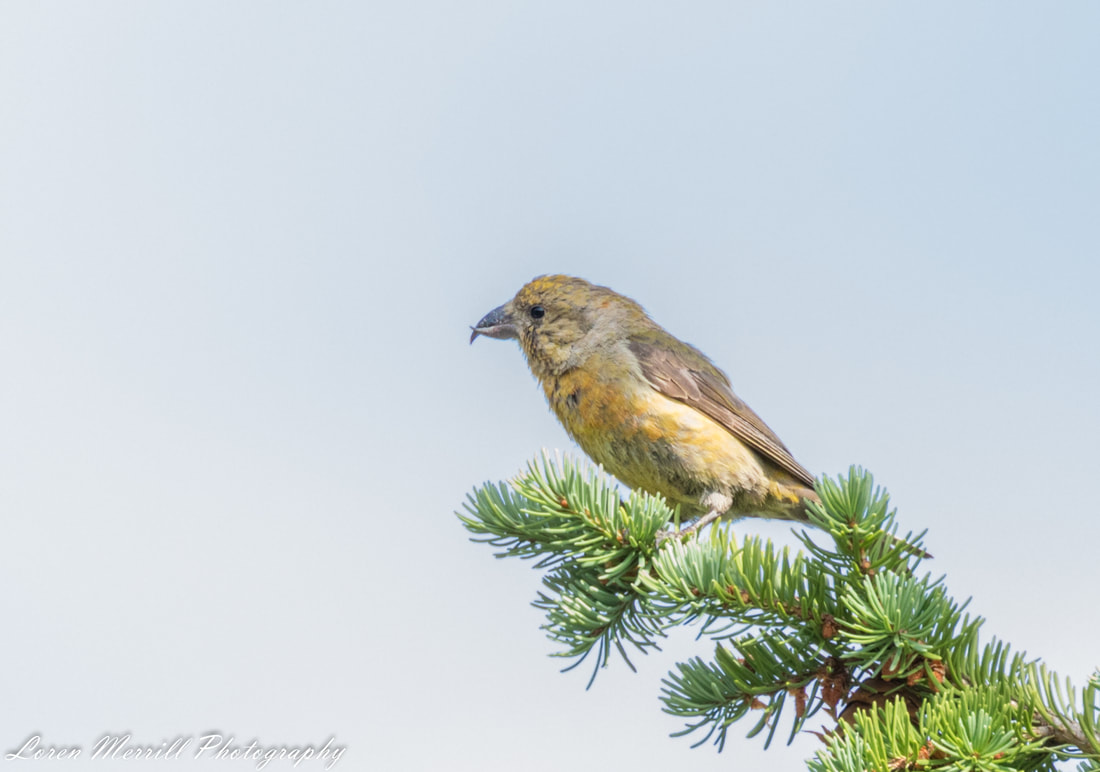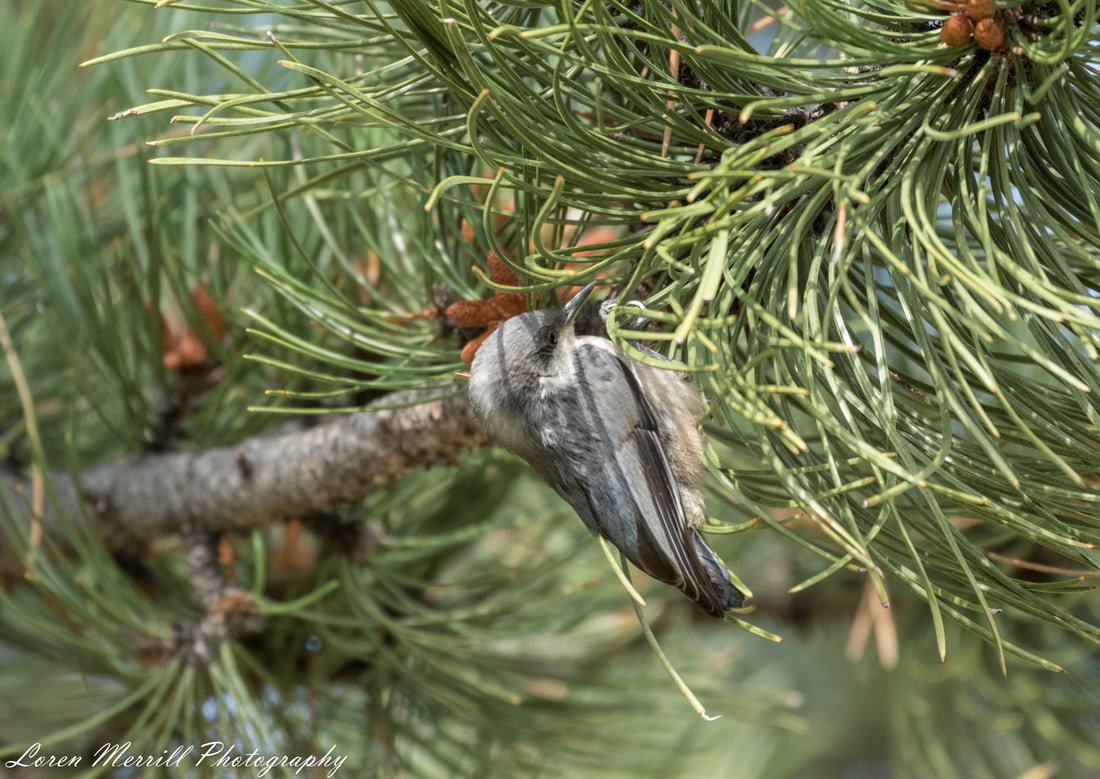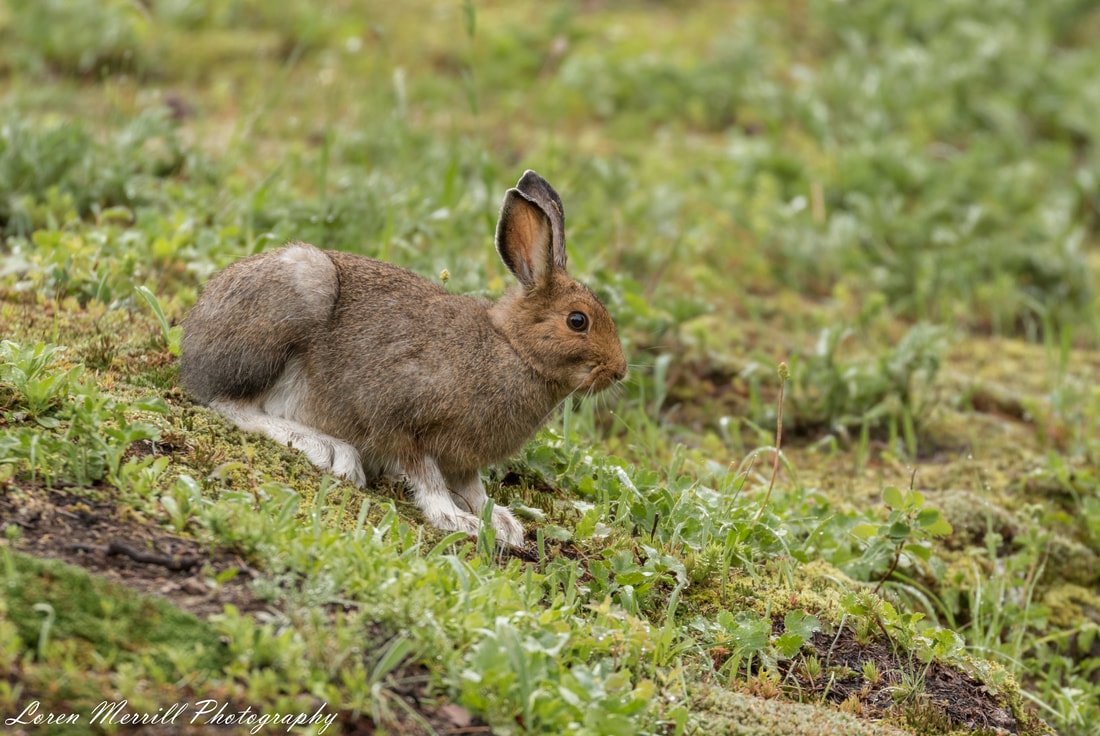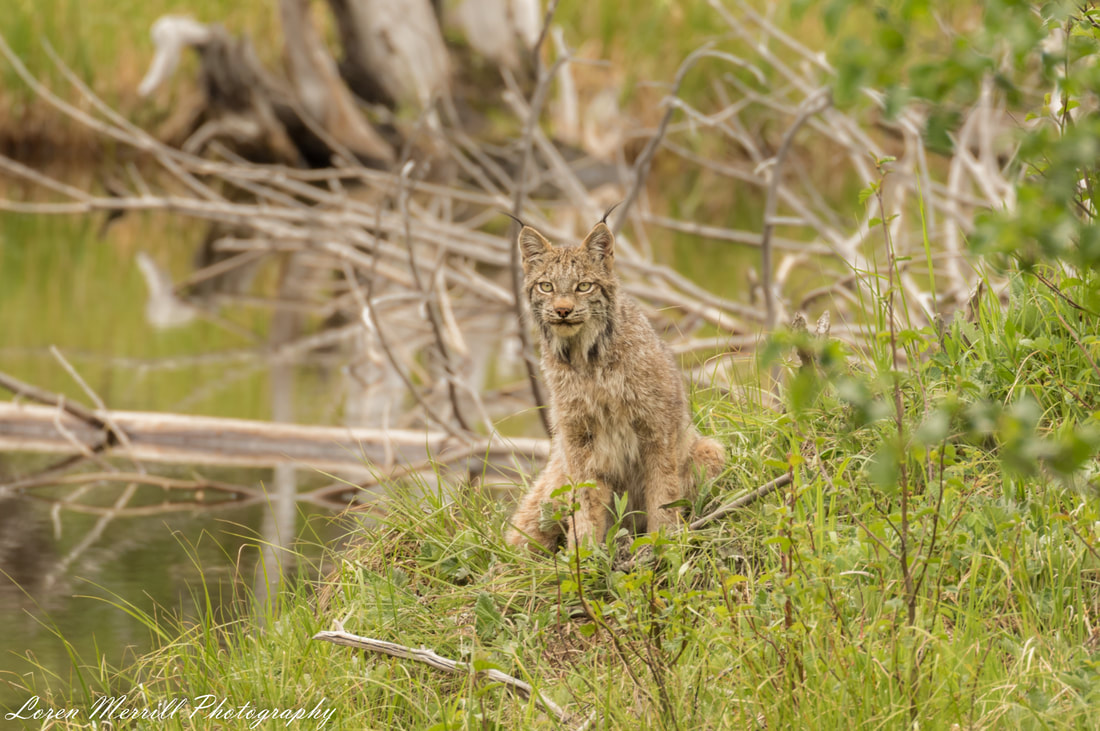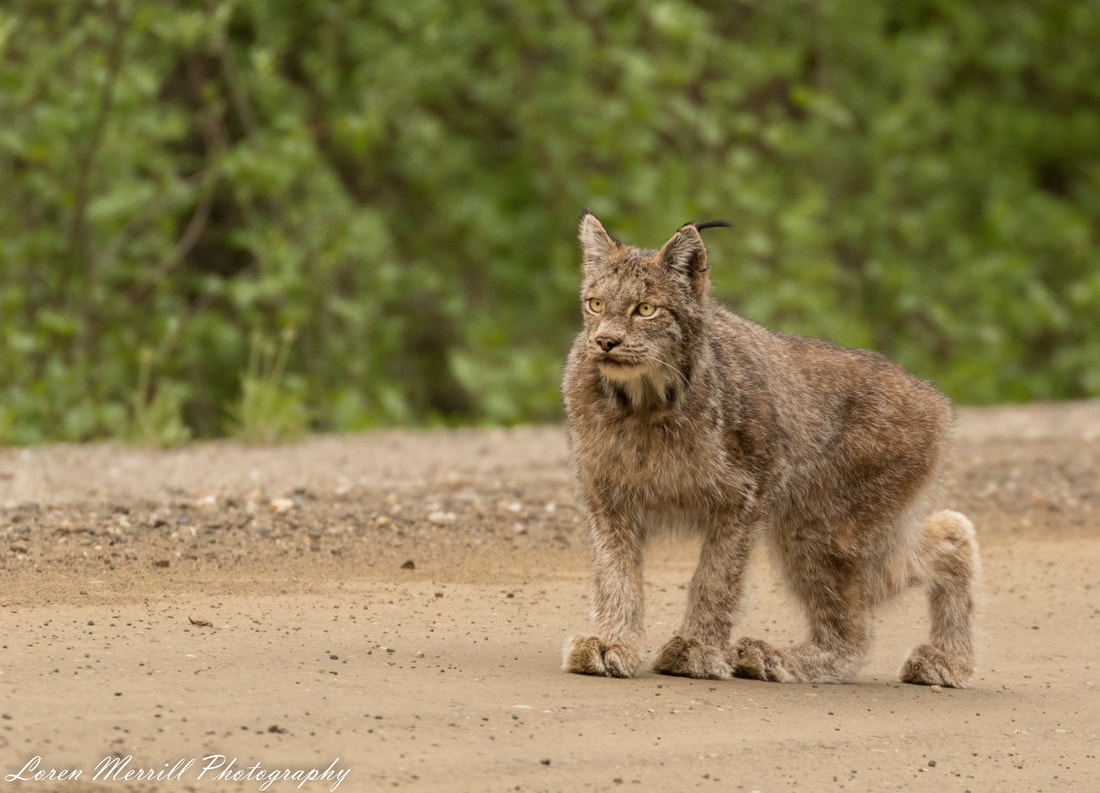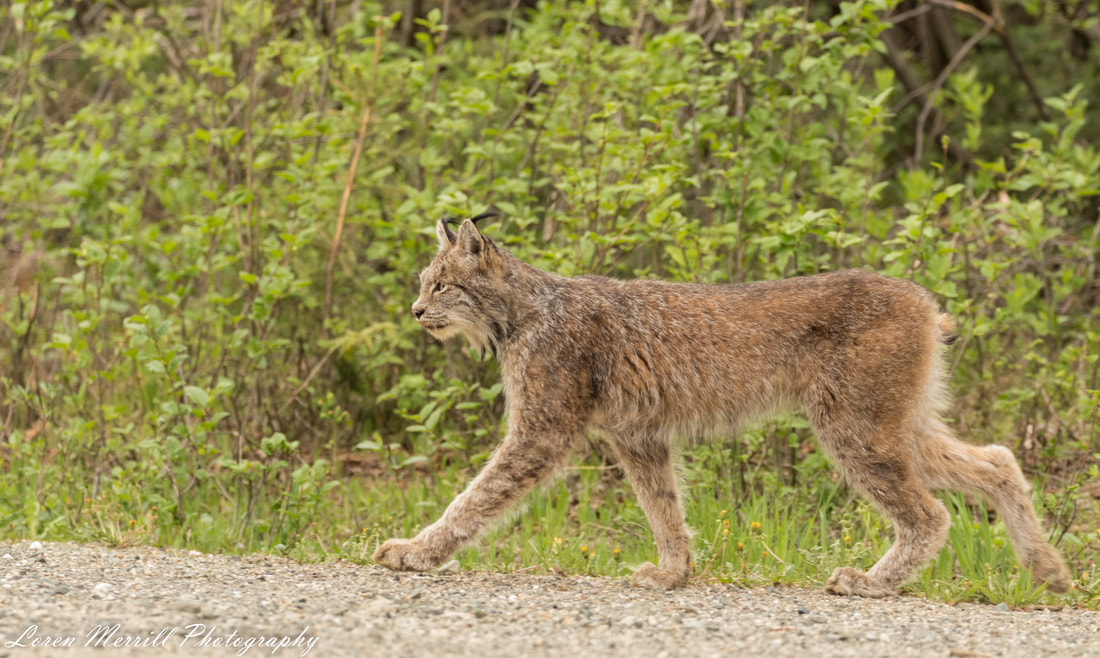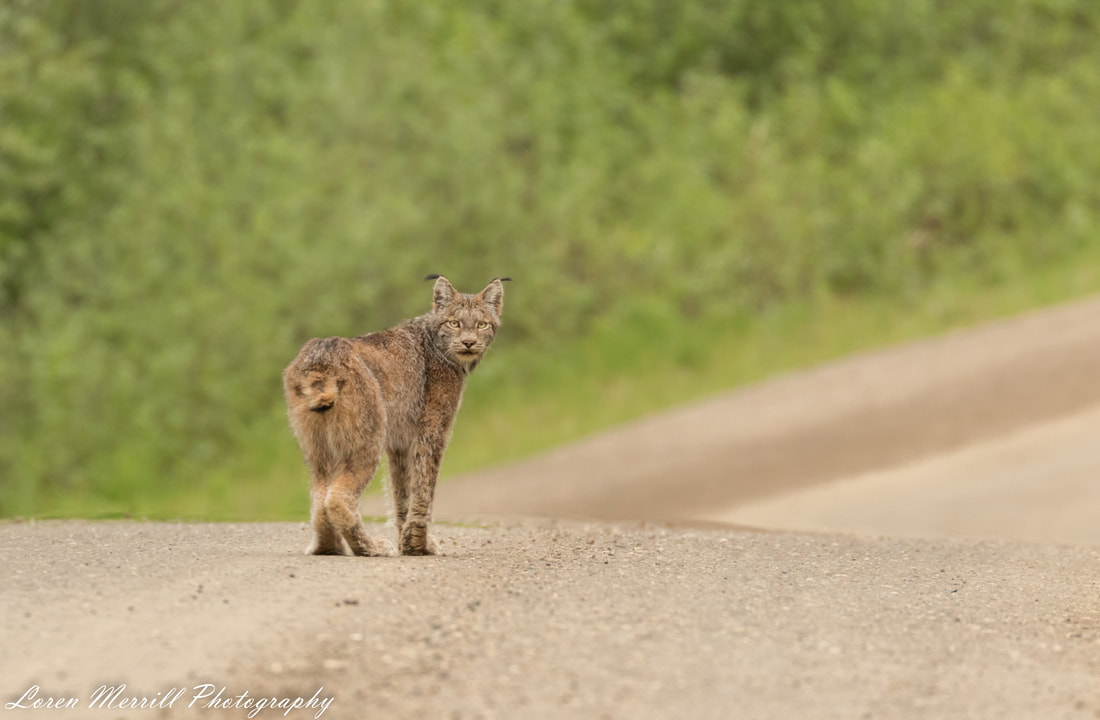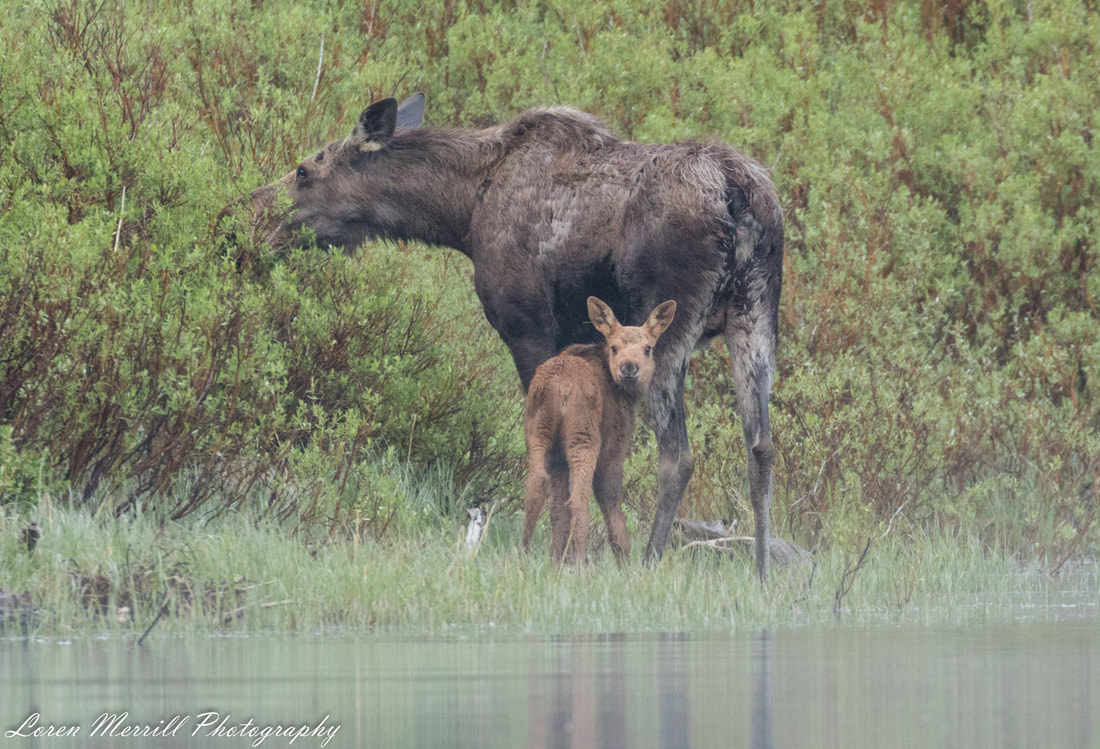|
Welcome back to the blog! My “brief” hiatus from posting turned into a bit of an extended hiatus, but I return with a new view out the door. Current view: scraggy Ponderosa pines, red earth, a rainbow of wildflowers, and a whirlwind of broad-tailed hummingbirds vying for turns at our feeder. This August, my wife and I relocated to the Rocky Mountains of Colorado where we are living at 9000’ elevation, near a small town called Nederland. The house looks out onto a heavily forested valley situated at the edge of the Indian Peaks Wilderness. The area is riddled with trails and should provide nearly endless opportunities for exploring- we are thrilled that we get to call this place home. One of the early surprises of living here was that our property hosts an incredibly dense population of hummingbirds, comprised mostly of broad-tailed hummingbirds. I put up a feeder a few days after we arrived, and within 15 minutes, one hummingbird had begun to use it. Five hummingbirds had found it within an hour, and we now have 30+ individuals that visit our feeder on a daily basis. We also have a few rufous hummingbirds, which are already migrating south to their wintering areas in the southern US and Mexico, and one black-chinned hummingbird. In addition to the hummingbirds, we regularly see red crossbills, Clarke’s nutcrackers, mountain and black-capped chickadees, hairy woodpeckers, northern flickers, and three nuthatch species: red-breasted, white-breasted and the adorable pygmy nuthatch, which sounds like a squeaky dog toy. But before I transition to our new view, there are a wealth of stories I want to share from our time in BC, and our trip east to Maine, beginning with an encounter with what some refer to as the ghost of the north: the Canada lynx. The lynx is well-known to ecology students as the textbook example of how tightly coupled predator-prey relationships can be. Lynx feed predominantly on snowshoe hares, whose populations undergo cyclical booms and busts. The lynx population generally mirrors that of the hare, although the magnitude of population change is often smaller for the predator than for the prey. The two animals have adaptions for living in snowy regions; both rabbit and cat have enlarged hind limbs to generate rapid acceleration, and broad feet that provide extra surface area for staying on top of the snow. The hare also has a pure-white winter coat that it sheds in the summer for a brown one, although they often retain “white socks” into the summer (it can still get cold at night after all…). Wild cats are notoriously difficult to see in their natural environment, and extended encounters with them are rare. We were thus quite surprised to come across one sauntering down a dirt road in the Bowron Lakes area of BC. We were driving to a nearby trailhead when we spotted the cat in the middle of the road about a quarter mile ahead of us. The long legs and ear tufts immediately gave the cat away as a lynx, and we watched as the gray feline nonchalantly went about its business. It glanced back at us once or twice, and then in typical cat fashion, it completely ignored us. After a few minutes, the cat disappeared into the brush. We drove towards where it had vanished and got out of the car to look around. On our left, a stream had cut an opening into the trees, with grass and willows pushing the forest back from the stream edges. As I approached the opening, I saw the lynx jump across the stream, easily clearing the 5 foot span of water. The long-legged cat made its way along the stream bank through the short grasses, and then, at the edge of a small pool, it flopped onto its side and began rolling around in the grass and dirt. The lynx engaged in this full-body scratch for a few minutes before sitting up and taking stock of its surroundings. A pickup truck drove past behind us, and the sound caught the lynx’s attention, causing it to look our way. The cat seemed to notice us for the first time, and it fixed us with a long, piercing stare, interrupted only by the licking of its lips. It didn’t appear to be concerned by our presence, just interested in sizing us up. After a few minutes of this appraisal, the lynx lost interest and went back to its business of ignoring us. It eventually rose to its feet and disappeared into the willows. My first lynx encounter had been truly extraordinary, and I was flush with excitement. I had no idea that this was merely the appetizer to the upcoming main course. The following morning, I woke at dawn, and groggily extracted myself from my sleeping bag and tent. I had decided I would do a quick drive in search of wildlife, and I headed to where we had seen the lynx the previous day. I had no luck in that direction, so I turned around and headed off the other way. After a mile or two of driving, the road took a sharp right turn. As I slowly rounded the curve, a brown shape on the far edge of the road caught my attention. I quietly pulled to a stop to take a look. A snowshoe hare in its brown summer coat and white socks was eating a dandelion along the road’s margin. These lagomorphs (rabbits) have huge eyes set back on their head to provide almost 360 degrees of vision, and large ears that they can rotate around in all directions to listen for danger. I watched for a while as the hare happily gobbled away on the invasive flowers. I glanced back up the road and only then noticed that a lynx was crouched, with its gaze fixated on the hare. The lynx was maybe 30 feet from me, and perhaps 45 feet from the hare, who had its back to the cat. Of course, with nearly 360 degree vision, it’s really difficult to sneak up on a hare. The cat crept forward in short and silent bursts, its massive hind feet and much of its tarsi remaining in contact with the ground. As the cat stealthed its way closer and closer to the hare, the intent predator never once looked my way. But then, just before the lynx could get close enough to mount a proper strike, the hare noticed the approaching threat and vanished into the brush. The lynx gave a half-hearted chase, running to the spot where the hare had disappeared and sticking its head into the vegetation for a brief moment before backing out and returning to the road. Only then did it look back towards me, staring with what felt like accusatory eyes, as if I were at fault for this failed attack. It finally turned away and strolled off down the road in search of a new breakfast. I gave the cat some time, and then I returned to camp to forage for my breakfast as well. As I ate, I appreciated the fact that a box of cereal is much easier to sneak up on than a hare. Special note: I have always been fascinated by lynx and have wanted to see one since I was a kid. This interest reached a new level, however, when this video went viral a little while back. If you want to know what sort of sounds a lynx makes, you have to watch this video. Even if you didn’t think you wanted to know what they sound like, you really do.
Next week: Of moose and Men.
0 Comments
Leave a Reply. |
About the author:Loren grew up in the wilds of Boston, Massachusetts, and honed his natural history skills in the urban backyard. He attended Cornell University for his undergraduate degree in Natural Resources, and received his PhD in Ecology from the University of California, Santa Barbara. He has traveled extensively, and in the past few years has developed an affliction for wildlife photography. Archives:
|
